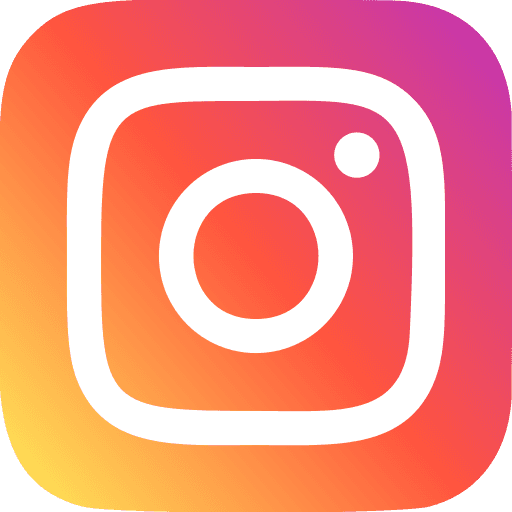Overview
Rational Design Lab is a conceptual initiative that brings designers and academic researchers together. The lab explores how design can make academic knowledge accessible, engage the public with scientific and social issues, and transform research into tangible, experiential outcomes.
Core Values
The lab is grounded in three principles:
Experimentation
A safe space for testing ideas and taking creative risks.
Collaboration
True partnership between designers and scientists.
Accessibility
Translating complex knowledge into public-facing experiences.
Design Solution
Visualise an idea
Rather than focus on a logo or brand identity, I chose to visualize the lab as a institution. An experimental environment full of potential. These elements aim to communicate the experience of the lab - not just its structure.
Methods Motion Posters
As part of the lab’s identity, I created a series of animated “Methods Posters”: short, looping motion pieces that each visualize a method of collaboration between designers and researchers.
The goal was to express process, not outcome to show that design methods are living, evolving tools that help bridge gaps between fields. By using motion and typography together, the posters communicate ideas emotionally and rhythmically, much like field notes or lab sketches brought to life.
Concept Website
Instead of designing a traditional site with clean menus and hierarchy, I designed the lab’s digital interface to feel like a researcher’s desk: scattered, exploratory, and nonlinear.
This format invites curiosity and supports the lab’s core values: it’s experimental in structure, collaborative in tone (feels like you’re co-researching), and accessible by using familiar metaphors. The design encourages users to become participants (not just viewers) in the academic-design dialogue.
Takeaways
This project pushed me to rethink the role of design. I began with branding and presentation frameworks, but soon realized they didn’t reflect the complexity of the subject.
Designing the lab itself as the outcome allowed me to explore new formats like motion posters, interactive simulations, and conceptual identity. It showed me how design can operate as a research strategy, not just a form of output.
The Process Prove me that design isn’t always about the final product, sometimes, it’s about shaping the space where ideas can grow. By turning the lab into an experience, not just a brand, I learned to think beyond form and create tools for dialogue, access, and collaboration.
Sketeches
Thanks for watching, see more projects:















